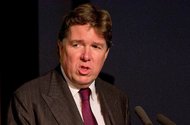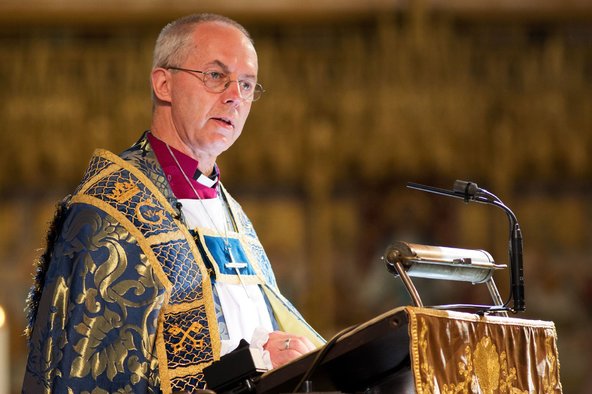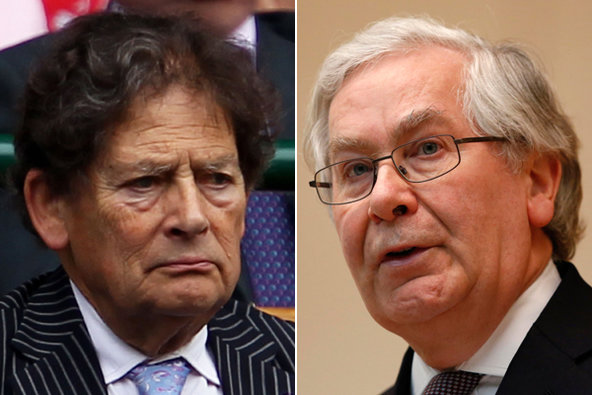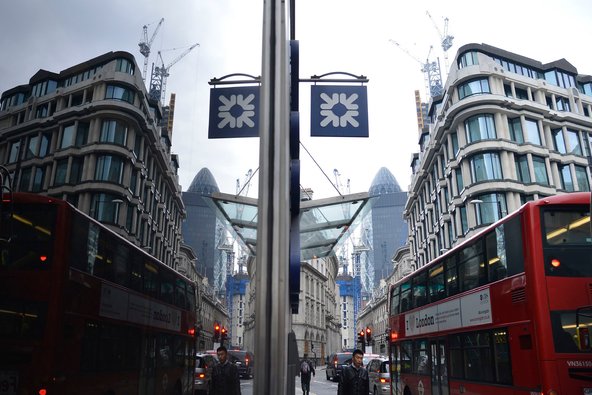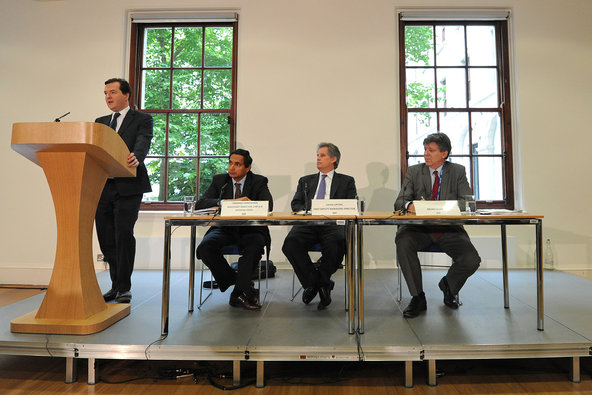The bid to reassure investors brought the two central banks into closer alignment with the Federal Reserve, which, under Chairman Ben S. Bernanke, has become more open about its intentions.
At the same time, they appeared eager to signal that they would not follow the Fed in preparing for a gradual withdrawal of economic stimulus.
Mario Draghi, the president of the European Central Bank, based in Frankurt, said at a news conference that crucial interest rates would “remain at present or lower levels for an extended period of time.” Until Thursday, the bank had steadfastly refused to pin itself down on future policy.
“It’s not six months,” Mr. Draghi said. “It’s not 12 months. It’s an extended period of time.”
Mr. Draghi also said that the central bank was signaling a “downward bias” in interest rate policy, meaning further cuts were possible or even likely.
Only hours earlier, Mark J. Carney, who became governor of the Bank of England on Monday, made a similar break with tradition. The British central bank said in a statement that any expectations that interest rates would rise soon from their current record low level were misguided.
With their promises of easy money stretching toward the horizon, the central bankers offered more certainty to investors at a time when tensions in Europe are rising again. So-called forward guidance is considered one of the tools available to central banks, but it was one the European Central Bank and the Bank of England had not used before.
European markets reacted positively to the announcements, with the FTSE 100 in London closing 3.1 percent higher and the Euro Stoxx 50, a benchmark of euro zone blue chips, climbing 3 percent. (Markets in the United States were closed for the Fourth of July holiday.) The euro fell sharply, a development that was probably not unwelcome at the European Central Bank, since a cheaper euro makes European products less expensive in foreign markets, feeding exports. The British pound also fell.
Mr. Draghi said it was a coincidence that his central bank and Bank of England introduced forward guidance on the same day. Both left their main interest rates at 0.5 percent and did not announce any other policy moves. It was a day for talk rather than action.
“Mr. Draghi did what he does best today: intervene verbally to great effect,” Nicholas Spiro, managing director of Spiro Sovereign Strategy in London, said in a note.
Mr. Draghi’s statement on Thursday came almost a year after he defused the euro zone debt crisis with a promise to do “whatever it takes” to preserve the currency union.
But after months of relative calm, Europe has been rattled in recent days by a political crisis in Portugal, which has raised questions about whether the region’s governments will be able to withstand popular discontent with their policies of cutting budgets to bring public debt under control. Investors have responded by pushing up the risk premium they demand on bonds issued by Italy, Spain and other troubled euro zone countries. Market rates on Italian and Spanish bonds retreated on Thursday after Mr. Draghi’s comments.
The commitment to keep rates low helps amplify the effect of rates that are already nearly rock bottom, by reassuring investors that they can count on easy money for the foreseeable future.
But some analysts saw Mr. Draghi’s statement as a bluff — a tacit admission that the central bank has run out of other ways to stimulate the euro zone economy.
“A change of a few words in the way he phrases the E.C.B.’s policy stance is an insufficient policy response to alter the — very troubled — course of the euroland economy,” Carl B. Weinberg, chief economist at High Frequency Economics in Valhalla, N.Y., said in an e-mail.

Jack Ewing reported from Frankfurt, and Julia Werdigier from London.
